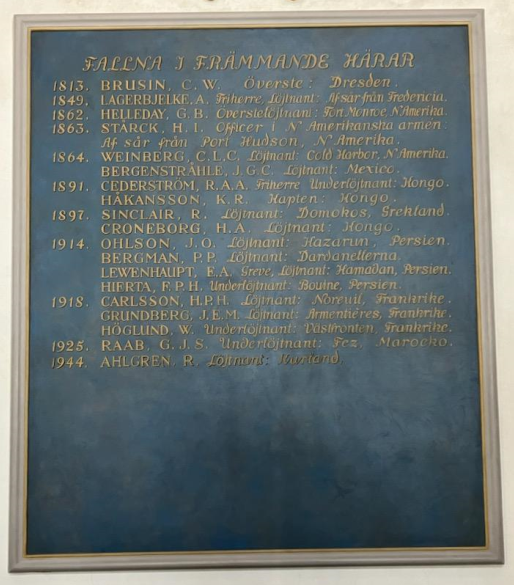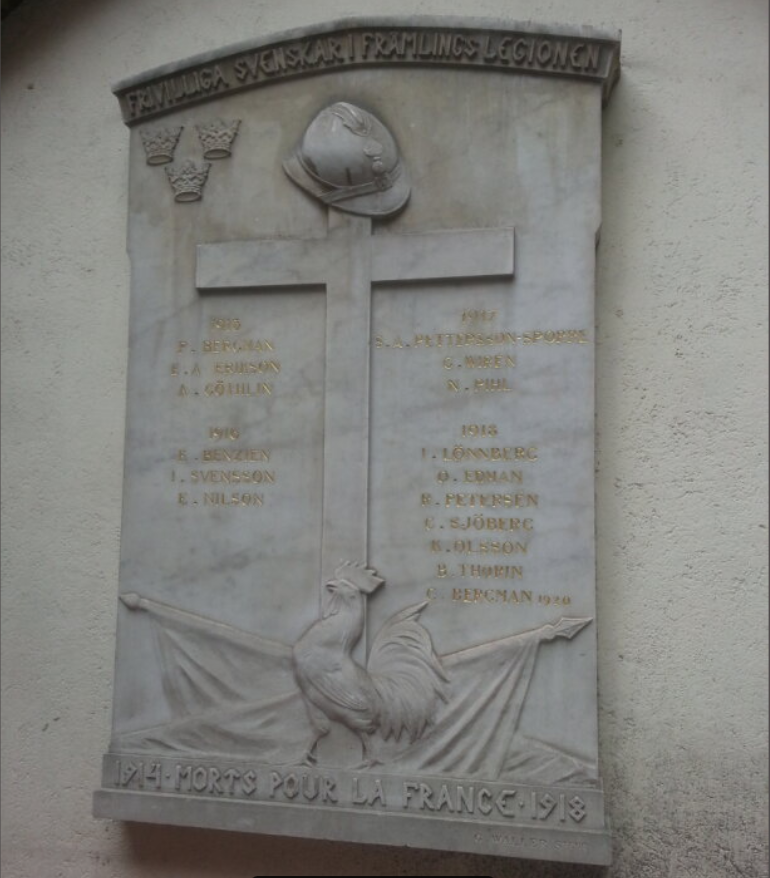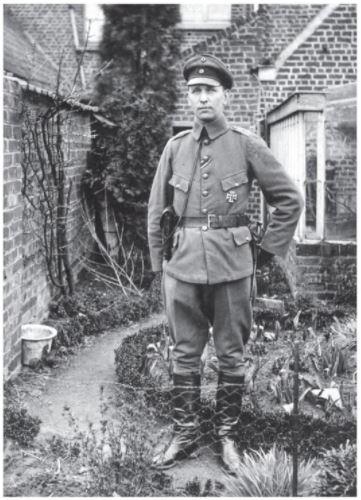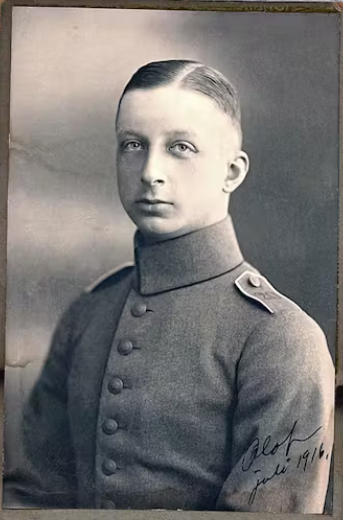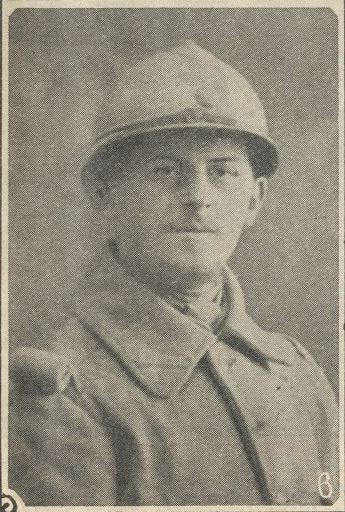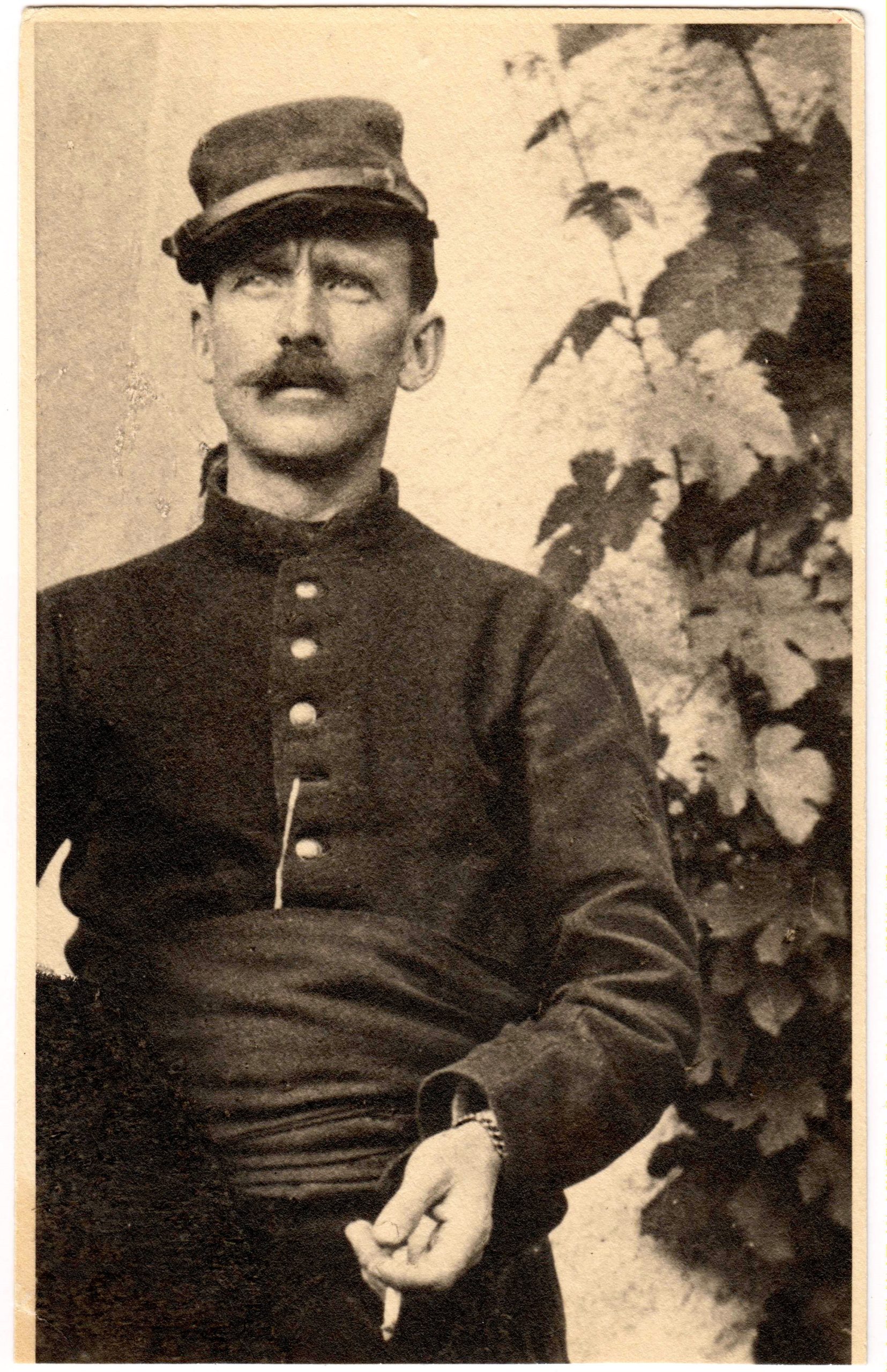The attack commenced at 6.20 a.m. on a very cold morning while it was still dark. Throughout the whole action there was the most severe fighting. The Battalion however reached its first objective and after a pause for reorganization the two Companies on the right who alone had a second objective, pushed on and won this line too. All Companies had by this time been through fighting of the severest nature and had suffered very heavy losses. The Germans had however suffered still greater losses, losing some 600 prisoners to the Battalion, and leaving a very large number of dead on the field.
This text is from the diary of 1st battalion, Coldstream Guards, the day of November 27th, 1917, when they fought from a front between the northern part of the village of Fontaine, and the north-eastern part of the Bourlon Wood. You can see the area below on the map. The map is a snapshot from the very good map product from Great War Digital.
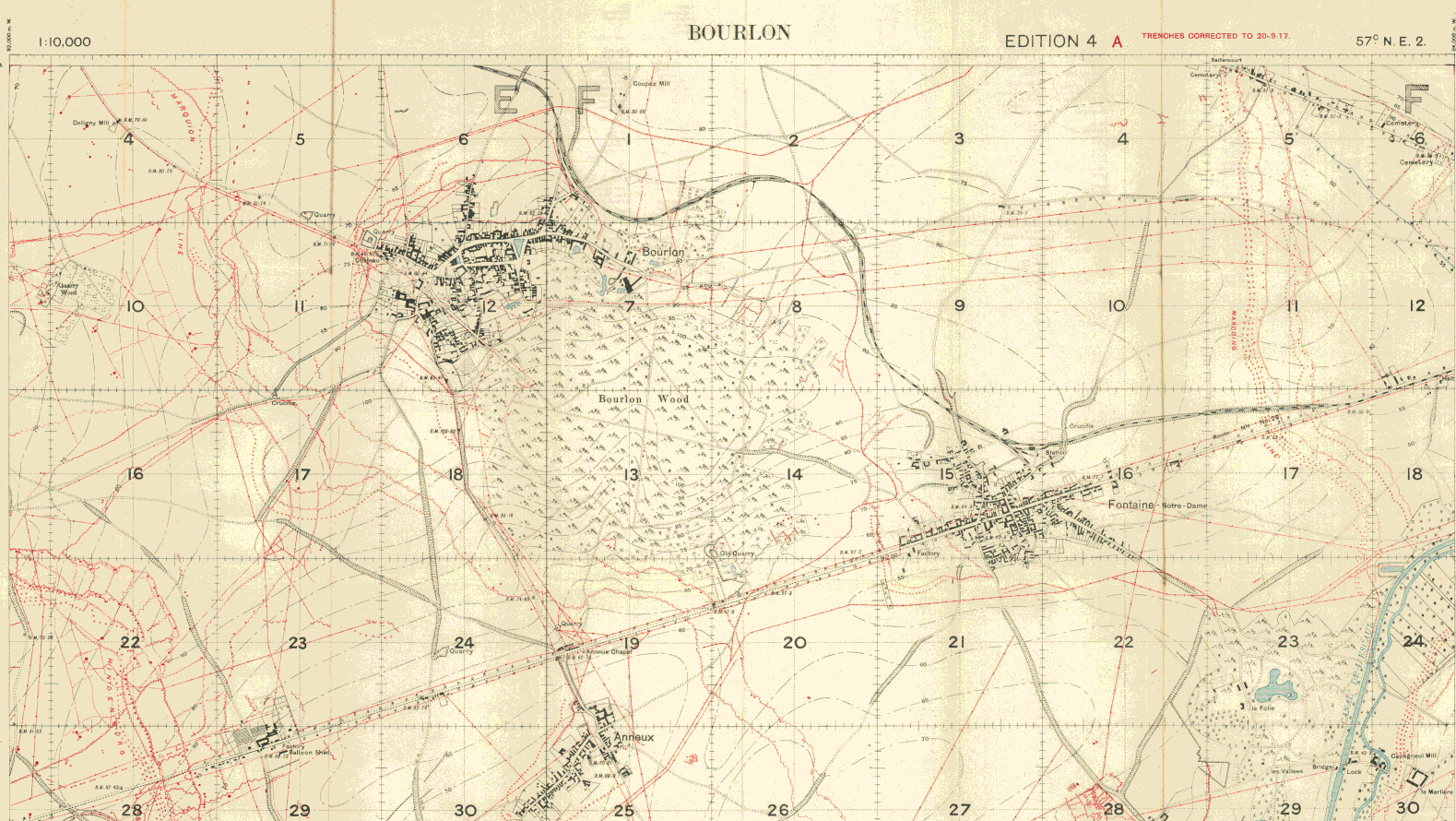
On this place, the day of November 27, 1917, the soldier Charles Gustaf Nordberg fell, and he is commemorated at the Cambrai Memorial, in Luoverval, between the village of Bapaume and the town of Cambrai in France. Charles Gustaf doesn’t have his own grave as he most likely dissapeared in the fierce fightings this day. So, who was Charles Gustaf?
Charles Gustaf Nordberg was born in April 1893, in South Shields , Durham, England. He was borught up by his mother Kristina Karlsdotter Sköld and his father Erik Johan Johansson Nordberg.
Both parents of Gustaf was born in Sweden. The father of Gustaf, Erik Johan, was born in Fägre parish, east of the the city of Mariestad and southeast of the town of Töreboda in the county of Västra Götaland, in November 9th, 1849. This county is often mentioned in english as “West Jutland” but has nothing to do with Jutland in Denmark. The reason is probably more connected to how it sounds when pronounced in English.

The parents of Charles Gustaf, Kristina and Erik.
Gustaf’s mother, Kristina Karlsdotter Sköld, was born as a daughter to Karl, that’s why her surname is Karlsdotter, “Karls daughter” She was born in the parish of Ekeskog, just southeast of Fägre, where Erik Johan was born. At this moment I don’t know if the knew eachother back then. According to the Swedish church books, Kristina left Sweden in late July 1881. and married Erik Johan Nordberg already in August 22nd, 1881, in England.




Erik Johan was a sailor, and it is noted in the Swedish church books that he left for England around 1873, as the note says 1888, and that he has been in England for about 15 years, since then.
Together they got Charles Gustaf Nordberg, who grew up together with his father when his mother Kristina died in England already in 1907. Charles Gustaf is mentioned in his father’s Naturalisation Papers when he was 16 years old, but I don’t know when his father became an English citizen.
Charles Gustaf Nordberg was only 24 years old when he was killed in action, that day in November, 1917. His name is on the Cambrai Memorial, and I will try to visit him when I am down in France this summer. Even if I don’t know where he is today, I will remember him, as one of the children to Swedish born citizens who one day in their life decided to move to England, and in this way put this story into the context of Swedes in the Great War.
May Charles Gustaf rest in peace.




